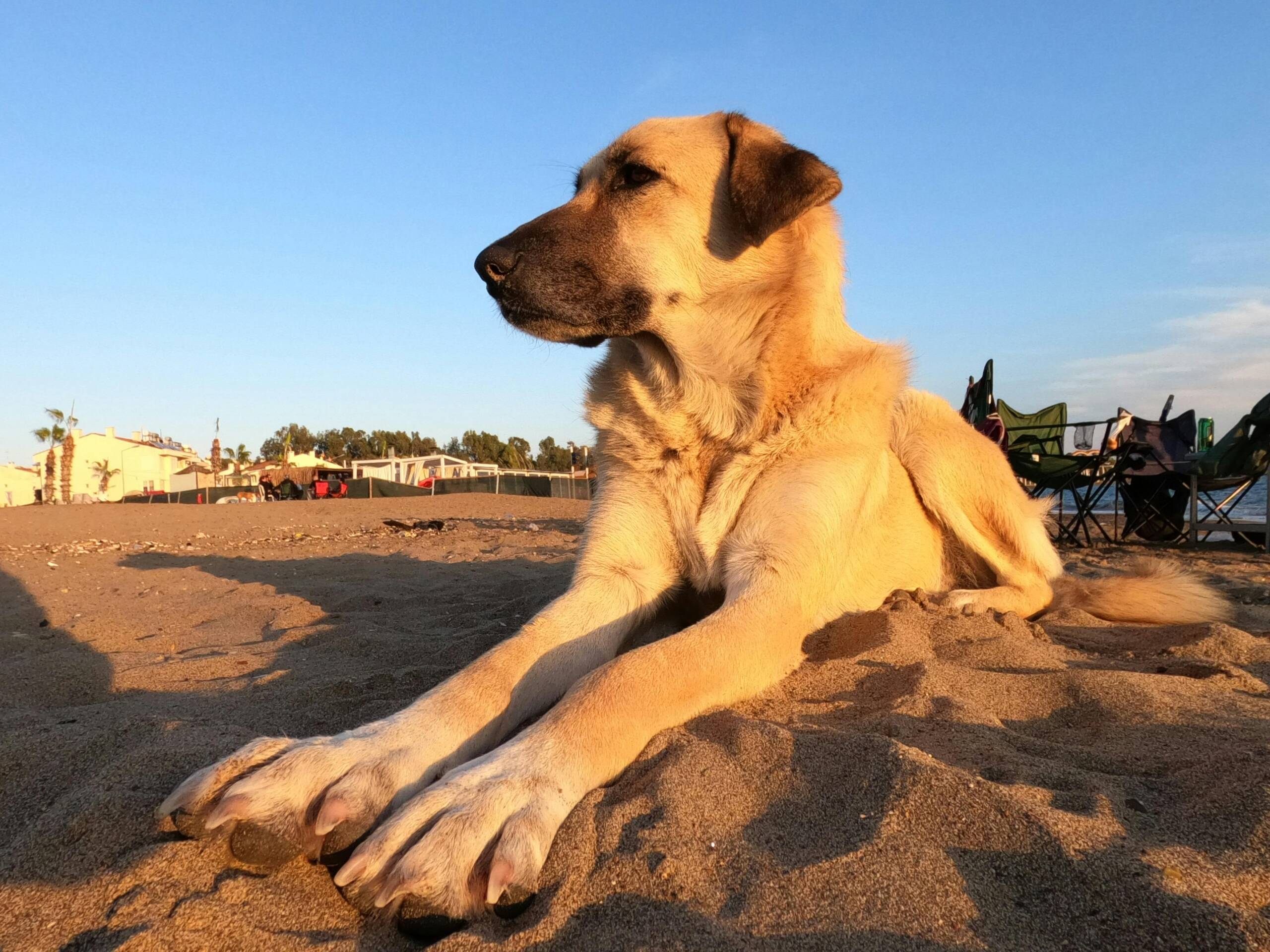How much to feed a dog by weight kg?
Post Date:
May 9, 2024
(Date Last Modified: November 13, 2025)
Feeding a dog appropriately requires basing portions on the dog’s body size and needs rather than a one-size-fits-all rule. Accurate portioning helps maintain healthy weight and energy balance over time.
Importance of feeding by weight (kg)
Energy requirements are most reliably estimated from body weight because metabolic demand scales with metabolic body mass, commonly approximated as kg^0.75[1].
Using weight as the baseline reduces the risk of chronic overfeeding or underfeeding that can occur when owners rely solely on breed-based guidelines[1].
Core caloric formulas for dogs (RER and MER)
Resting energy requirement (RER) can be estimated with the formula RER = 70 × (body weight in kg)^0.75 kcal/day for clinical planning[2].
For practical clinic use, an alternate linear estimate for adult dogs between about 2 and 45 kg is RER ≈ 30 × body weight in kg + 70 kcal/day[2].
Maintenance energy requirement (MER) is calculated by multiplying RER by activity or life-stage factors; common multipliers include 1.2–1.4 for neutered adult pets and 1.6–2.0 for intact or active adults[3].
Puppies, working dogs, pregnant or lactating females require higher MER multipliers, often ranging from about 2.0 up to 3.0× RER depending on age and production stage[3].
Converting calories to food amounts (kcal → g)
Start by reading the guaranteed analysis or calorie statement on a pet food label to find kcal per cup or kcal per 100 g, then divide the target kcal/day by that number to get cups or 100 g portions[4].
Example: if a dog needs 600 kcal/day and a dry food lists 350 kcal per cup, the starting portion is about 600 ÷ 350 = 1.7 cups per day[4].
To convert kcal to grams when a label lists kcal per 100 g, compute grams/day = (kcal/day ÷ kcal per 100 g) × 100 g; wet foods typically have much lower kcal per 100 g than dry foods and thus larger gram portions for the same kcal target[4].
Practical feeding chart by weight ranges (kg)
The table below gives starting kcal/day and an approximate grams/day for dry food based on common weight bands; personalize using RER/MER and calorie density for your chosen food[2].
| Dog weight (lb (kg)) | Estimated kcal/day | Approx dry food g/day | Starting cups/day (dry) |
|---|---|---|---|
| 2–11 lb (1–5 kg) | 120–300 kcal | 40–85 g | 0.3–0.8 cups |
| 11–22 lb (5–10 kg) | 300–500 kcal | 85–140 g | 0.8–1.3 cups |
| 22–44 lb (10–20 kg) | 500–900 kcal | 140–255 g | 1.3–2.4 cups |
| 44–88 lb (20–40 kg) | 900–1,700 kcal | 255–480 g | 2.4–4.5 cups |
| 88+ lb (40+ kg) | 1,700+ kcal | 480+ g | 4.5+ cups |
Adjusting for life stage and activity level
Puppies in rapid growth commonly need about 2.0–3.0× their RER depending on age and breed size, with the highest multipliers used in the early growth phase for small- to medium-breed pups[3].
Working or sporting dogs can require 1.8–3.0× RER during peak activity, while sedentary or obese-prone adults may do well on 1.0–1.2× RER to promote weight loss or maintenance[3].
Neutered pets often need fewer calories than intact pets; a common starting adjustment is reducing estimated maintenance calories by roughly 20% for neutered adults, then monitoring and fine-tuning[3].
Accounting for body condition and target weight
Use a body condition score (BCS) to set a target weight; a dog at BCS 7/9 may have an ideal target weight that is 10–20% lower than current weight, but targets must be individualized by a clinician[5].
A safe, steady weight-loss target for most dogs is about 0.5–2.0% of current body weight per week, with stricter monitoring for higher-risk patients[5].
For hydration planning, a common clinical guideline is to aim for around 50–60 mL/kg/day of water intake under typical conditions, adjusting for heat, activity, and medical needs (this is expressed in mL/kg/day for clinical clarity)[5].
Food types, calorie density and label pitfalls
Dry kibble often ranges widely in calorie density; typical values are roughly 300–500 kcal per cup depending on formulation, while canned foods may provide 70–150 kcal per 100 g, so always check the label’s kcal information[4].
Treats and toppers can easily add 50–200 kcal per day; failing to include those calories when tallying daily intake is a common cause of unexpected weight gain[4].
Packaging “serving sizes” are often based on multiple meals per day or a specific cup measure; verify that the stated serving corresponds to the cup you use and to the food’s kcal content to avoid under- or over-feeding[4].
Measuring, scheduling and feeding methods
A digital kitchen scale that measures to the nearest ounce (oz) or 10 g is the most accurate home tool for portion control; household cups vary and can introduce error when dry food is scooped without leveling[4].
For most adult dogs, dividing the daily portion into two meals reduces hunger and helps glucose regulation, while puppies may require three to four meals daily until they are older than six months[4].
Free-feeding (leaving food out all day) can work for highly self-regulating dogs but increases risk of overeating in food-motivated or sedentary pets and makes precise calorie control difficult[4].
Special medical situations and professional guidance
Dogs with obesity, diabetes mellitus, chronic kidney disease, pancreatitis, or food allergies often require veterinary-directed feeding plans and sometimes prescription therapeutic diets tailored to their condition[5].
If a dog is gaining or losing more than 2% of body weight in a single week without intentional change, seek veterinary evaluation rather than continuing to adjust portions without guidance[5].
Monitoring, adjusting and record-keeping
Weighing the dog every 1–2 weeks during an active weight-change program allows timely adjustments; log body weight, BCS, daily food amount, and treat calories to evaluate trends[2].
When weight stalls for three to four weeks despite adherence to a plan, recalculate RER/MER using current weight and reassess calorie density and uncounted extras before making further cuts[2].
Common mistakes and troubleshooting
- Relying on scoop counts from packaging without checking kcal content and cup volume.
- Forgetting to include treats, chews, and food toppers in the daily kcal tally.
- Changing food types without recalculating kcal/day and gram portions.
- Using body weight alone without body condition scoring to set targets.
Worked calculation example
Example: an adult neutered dog weighing 30 lb (13.6 kg) has a resting energy requirement (RER) calculated by the metabolic formula RER = 70 × (kg)^0.75, which equals about 496 kcal/day for 13.6 kg[2].
The alternate linear clinic estimate RER ≈ 30 × kg + 70 yields roughly 488 kcal/day for 13.6 kg, a close practical check to the formula-based value[2].
Using a neutered-adult MER multiplier of about 1.3 gives a maintenance need near 644 kcal/day for this dog (496 × 1.3 ≈ 644 kcal/day)[3].
Translating kcal into cups and grams
If the chosen dry food provides 350 kcal per cup, divide the MER by that number to get cups: 644 ÷ 350 ≈ 1.84 cups per day for the sample dog[4].
When a label lists kcal per 100 g (for example 370 kcal per 100 g), compute grams/day = (kcal/day ÷ kcal per 100 g) × 100 g; for 644 kcal that is (644 ÷ 370) × 100 ≈ 174 g/day[4].
For canned food showing roughly 100 kcal per 100 g, the same 644 kcal/day corresponds to about 644 g of canned food per day (644 ÷ 100 × 100 g) because wet diets have lower kcal density[4].
Treats, allowances and simple rules of thumb
Reserve no more than about 10% of daily kcal for treats and extras; for a 644 kcal/day target that equals roughly 64 kcal allotted to treats and toppers[4].
Count treat calories by checking the package or using small-measure estimations (for example, a 10 kcal small training treat × 6 treats = 60 kcal), and subtract that from the daily food portion rather than adding it on top[4].
Designing a safe weight-loss plan
A commonly recommended, gradual weight-loss target for most dogs is about 1% of body weight per week; for a 30 lb dog this is about 0.3 lb (≈136 g) per week as a starting goal[5].
When aiming for weight loss, reduce caloric intake cautiously (for example starting with a 10–20% reduction from calculated MER) and re-evaluate every 2–4 weeks rather than implementing abrupt large deficits that can risk lean-mass loss[5].
Wet vs dry food practical notes
Because canned foods tend to be about 70–120 kcal per 100 g while dry kibbles often range from 300–500 kcal per cup, switching between formats requires recalculation of grams or cups, not a one-for-one volume swap[4].
Mixing wet and dry requires summing kcal from both sources and ensuring the combined total matches the target kcal/day; weigh wet portions in grams for accuracy and measure dry food by grams or by a known calibrated cup measurement[4].
Measuring accuracy and schedules
A kitchen scale that measures in ounces (oz) or grams and reads to ±1 oz (≈28 g) or finer will materially reduce portioning error compared with using an uncalibrated scoop[4].
Splitting the daily portion into two meals is a practical standard for adult dogs; puppies younger than six months commonly require three to four feedings per day to meet metabolic needs[4].
When to consult a veterinarian or nutritionist
Seek professional guidance for dogs with chronic conditions such as diabetes, chronic kidney disease, pancreatitis, or marked obesity because these diagnoses often require prescription diets or precise nutrient balancing that standard guidelines cannot safely provide






